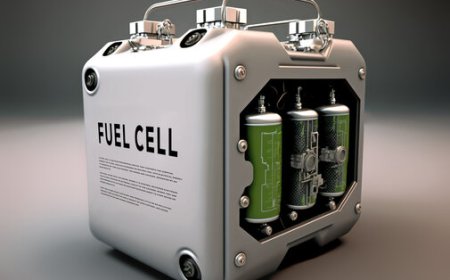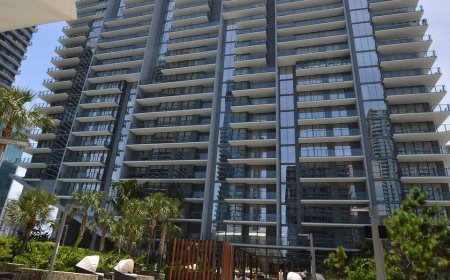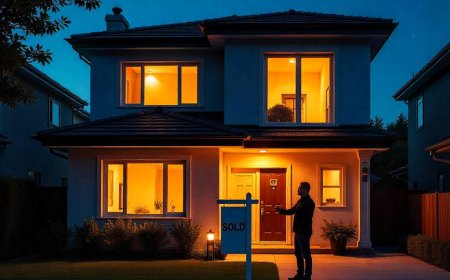Do Urban vs. Rural Areas in Utah Affect Car Insurance Costs?
Urban vs. rural Utah—do locations like Salt Lake City cost more to insure? Learn how traffic, crime, and repair costs affect car insurance premiums and how to save.

Where you live plays a major role in how much you pay for car insurance. In Utah, drivers in Salt Lake City often pay higher premiums than those in small rural towns. Its not just about populationits about the risks, repair costs, and driving habits that vary between urban and rural areas.
Understanding these differences can help you make informed decisions when shopping for a policy. Lets look at why location matters so much for car insurance rates.
Why Urban Drivers Pay More on Car Insurance?

Urban areas like Salt Lake City naturally come with higher risks for insurers. Dense traffic, crowded intersections, and longer commute times increase the likelihood of accidents. More cars on the road means a greater chance of claims, and insurance companies adjust premiums accordingly.
In addition, theft and vandalism are more common in big cities. Urban drivers face higher rates of vehicle break-ins, stolen parts, or even entire stolen vehicles. This makes comprehensive coverage more expensive in cities compared to quieter, less populated areas.
How Rural Areas Influence Auto Insurance Premiums
While rural Utah might have fewer cars and less traffic, it doesnt always mean extremely low insurance rates. Rural drivers might face challenges like wildlife collisions, poorly maintained roads, or longer emergency response times after an accident. However, overall, rural drivers tend to file fewer claims, which helps keep their premiums lower than urban drivers.
Another factor is the cost of repairs. In rural towns, repair shops may charge less for labor, making claims cheaper for insurers. This is why drivers in smaller communities often see more affordable insurance quotes.
Best car insurance coverage in Salt Lake City is priced differently than policies in rural Utah because insurers carefully evaluate the unique risks tied to each ZIP code.
Other Factors That Play a Role on Car Insurance Costs in Utah
Beyond just population density, insurers look at:
-
Crime rates: Higher in cities, leading to more claims for theft or vandalism.
-
Weather patterns: Urban drivers might face more claims from winter accidents on busy roads, while rural drivers might deal with hail or wildlife collisions.
-
Medical and repair costs: Major cities often have higher repair shop rates and medical expenses, increasing claim payouts.
-
Driving distances: Rural drivers may travel longer distances, but with fewer vehicles around, accidents are less frequent.
How to Save on Car Insurance Regardless of Location
No matter where you live, there are ways to reduce your car insurance costs:
-
Shop around and compare quotes regularly.
-
Take advantage of safe driver discounts or low-mileage programs.
-
Bundle your auto policy with home or renters insurance for a discount.
-
Consider higher deductibles if you can afford them.
-
Use anti-theft devices to lower comprehensive coverage rates.
Even city drivers can find competitive rates by choosing the right insurer and optimizing their policy.
Final Thoughts
Yes, urban and rural locations in Utah definitely affect car insurance costs. Urban areas like Salt Lake City come with more risks, from traffic congestion to higher crime rates, resulting in higher premiums. Meanwhile, rural areas often enjoy lower rates, though they have their own challenges.
Understanding how insurers calculate risk based on location can help you find the right balance between coverage and cost, no matter where you live in the state.





























